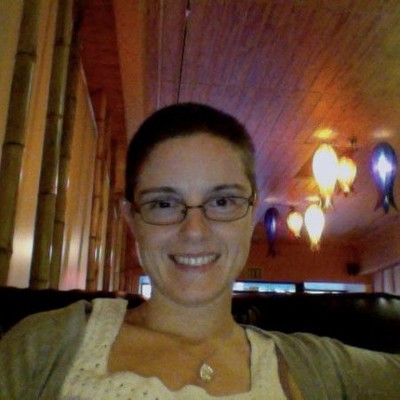
Jennie D'Ambroise
- Courses5
- Reviews5
- School: SUNY Old Westbury
- Campus:
- Department: Mathematics
- Email address: Join to see
- Phone: Join to see
-
Location:
223 Store Hill Road
Westbury, NY - 11568 - Dates at SUNY Old Westbury: November 2017 - October 2019
- Office Hours: Join to see
N/A
Would take again: Yes
For Credit: Yes
0
0
Mandatory
Awesome
Professor D'Ambroise can be an amazing teacher, if you're willing to do the work. A lot of work will be happening in her class but you will understand and learn more. Do not cut classes and always do the note sheets. In addition, she's really helpful if you're trying. Always remember that you actually have to try. I love her and I will take her class again.
Biography
SUNY Old Westbury - Mathematics
Resume
2003
Doctor of Philosophy (PhD)
Mathematics
University of Massachusetts
Amherst
1998
Bachelor of Science (BSc)
Mathematics
University of Massachusetts
Amherst
Grants & Proposals Completion
SUNY Center for Professional Development
Research
Matlab
LaTeX
Numerical Analysis
Microsoft Office
Physics
Mathematica
University Teaching
Mathematics
Scientific Computing
Mathematical Modeling
Higher Education
Teaching
Public Speaking
Applied Mathematics
Partial Differential Equations
\"A Model of Charge Transport in a Dye-Sensiztized Solar Cell\"
Renewable energy sources continue to play a crucial role in the conversation about global warming and alternate energy sources. Solar cells are widely recognized as a promising energy source
and photovoltaic solar cells (PV) are the most commonly used type of solar cell. However
dye-sensitized solar cells (DSSC) can be produced at a lower cost and have several other attributes that make them a favorable alternative to simple PV solar cells. This paper will discuss the physics behind PV and DSSC as well as the differential equations which describe the movement of charge carrier concentration called transport equations. These transport equations for a DSSC form a system of ODEs
which we reduce to one equation by making linear approximations of two of the species concentrations. Newton’s Shooting Method and Runge-Kutta are used in order to numerically solve these transport equations.
Matthew Deady
D'Ambroise
Jennie
University of Minnesota Morris
Bard College
University of Massachusetts
SUNY College at Old Westbury
Amherst College
Bard College
Assistant Professor
Assistant Professor of Mathematics
SUNY College at Old Westbury
Amherst College
Amherst
MA
Visiting Assistant Professor of Mathematics
University of Minnesota Morris
Graduate Student/Lecturer
University of Massachusetts
Possible Matching Profiles
The following profiles may or may not be the same professor:
- Jennie D'Ambroise
Bard College - Mathematics - Jennie D'Ambroise
Amherst College - Mathematics - Jennie D'Ambroise
University of Massachusetts - Mathematics




